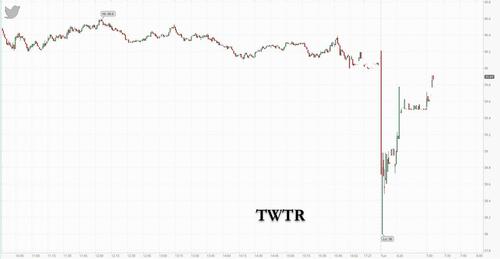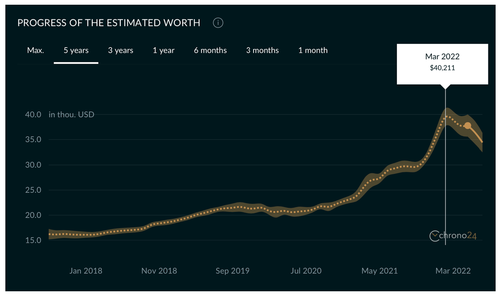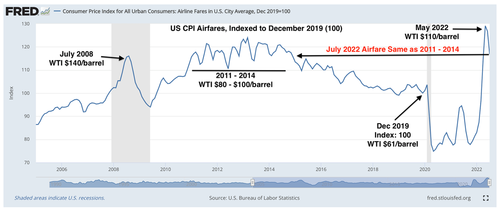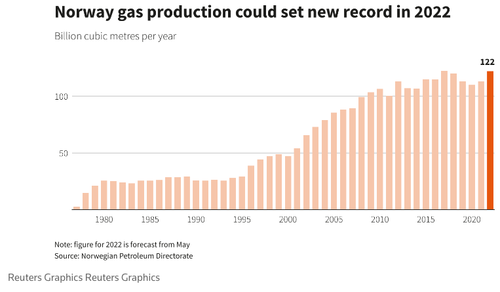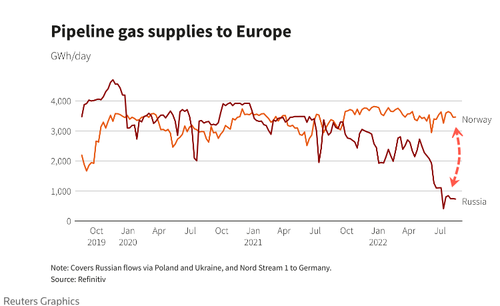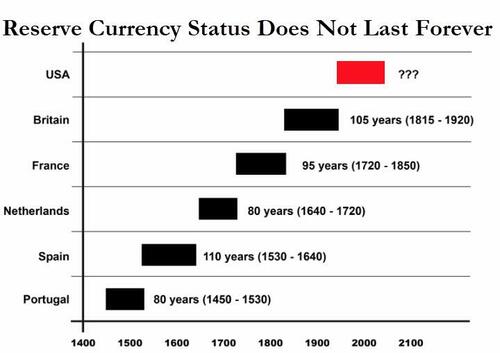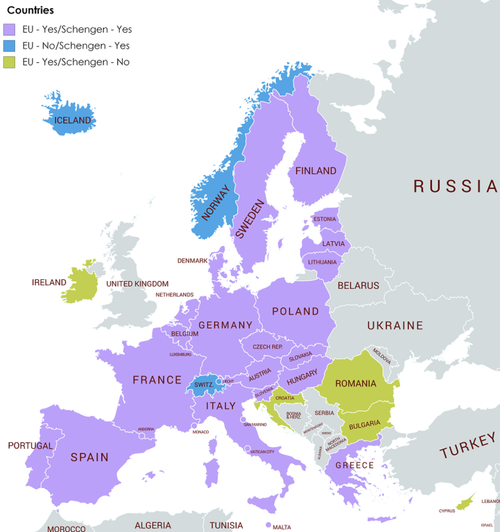From Fellowship of Christian Athletes v. San Jose Unified School Dist., decided yesterday by the Ninth Circuit, in an opinion by Judge Kenneth Lee joined by Judge Danielle Forrest:
The Fellowship of Christian Athletes (FCA) requires students serving in leadership roles to abide by a Statement of Faith, which includes the belief that sexual relations should be limited within the context of a marriage between a man and a woman. The San Jose Unified School District … revoked FCA’s status as an official student club at its high schools, claiming that FCA’s religious pledge requirement violates the School District’s non-discrimination policy….
The School District engaged in selective enforcement of its own non-discrimination policy, penalizing FCA while looking the other way with other student groups. For example, the School District blessed student clubs whose constitutions limited membership based on gender identity or ethnicity, despite the school’s policies barring such restricted membership. The government cannot set double standards to the detriment of religious groups only….
We apply strict scrutiny to government regulations that burden religious exercise unless those laws are neutral and generally applicable. A law is not neutral and generally applicable if it is selectively enforced against religious entities but not comparable secular entities. “[W]hether two activities are comparable for purposes of the Free Exercise Clause must be judged against the asserted government interest that justifies the regulation at issue.” … Finally, the “Government fails to act neutrally when it proceeds in a manner intolerant of religious beliefs or restricts practices because of their religious nature.”
Under strict scrutiny, the government can prevail only if it shows that its restrictions on religion “are justified by a compelling interest and [are] narrowly tailored to advance that interest.” Given that high bar, the defendants do not argue that their policies can pass muster under strict scrutiny; rather, they contend that strict scrutiny does not apply at all because their policies are neutral and generally applicable.
But the record before us shows that the School District’s non-discrimination policies have been, and continue to be, selectively enforced against FCA. Other secular student groups maintain facially discriminatory membership criteria but enjoy ASB recognition. In short, the School District targeted FCA because of its religious-based views about marriage and sexuality, and not merely because of its alleged violation of non-discrimination policies….
The ASB-recognized Senior Women of Leland High School maintains a discriminatory membership criterion that violates the All-Comers Policy. The Senior Women Club’s mission is to “connect the school’s women with local events.” The club’s constitution limits membership based on gender identity. Even though the Senior Women Club explicitly stated its intention to exclude males from membership—i.e., that they intend to discriminate based on gender identity in violation of the All-Comers Policy—the School District still granted it ASB recognition. This alone shows selective enforcement by the School District.
To be clear, there may be very good reasons for the Senior Women Club to have restricted membership. A female-only group may enhance mentorship, camaraderie, and networking for its members. But the School District’s All-Comers policy does not carve out exceptions for “benign” discriminatory membership rules. Simply put, the Senior Women Club’s constitution violates the School District’s All-Comers policy, yet the School District recognizes it as an ASB student club.
Still, the defendants argue that the Senior Women Club’s discriminatory membership rule should be excused because the club agreed to comply with the All-Comers Policy when it signed the school’s standardized club application form. The district court charitably said that there was “arguably some tension” between the Senior Women club’s membership criteria and its affirmation of the All-Comers Policy. The district court then resolved this “tension” in the School District’s favor because the plaintiffs had not proven that the Senior Women Club actually discriminates based on gender identity.
The district court clearly erred. First, the Senior Women Club’s discriminatory membership criterion and the All-Comers Policy are not merely in “some tension.” Rather, they are diametrically opposed to each other—only one can be true. Either membership is open only to female students or it is open to all students. And the club specified on the application form required by the School District for the 2021–22 school year that its membership was open only to “seniors who identify as female.” We fail to see how this club can maintain its restrictive membership criteria while complying with the All-Comers Policy.
The district court relied on the boilerplate nondiscrimination statement in the club application form that the Senior Women Club’s student leader signed as proof that the club does not discriminate based on gender identity. True, the boilerplate statement in this form does have the School District’s required non-discrimination language in it. But the Senior Women club modified that form twice by handwriting in discriminatory membership conditions based on gender identity. First, as noted above, the Senior Women Club’s leader handwrote that only “seniors who identify as female” can become members. To accentuate this point, she then handwrote that a student will no longer be considered a member if the student “is not a senior who does not identify as female.” In other words, the Senior Women Club modified the terms of ASB participation when it inserted its gender-based membership conditions into its club application form submitted for ASB approval. And when the School District approved the Senior Women Club’s application, it assented to the club’s discriminatory condition.
Whether the plaintiffs can set forth specific instances when the Senior Women Club has discriminated against males is irrelevant under the School District’s reasoning. The School District has repeatedly emphasized that the mere existence of FCA’s religious beliefs was enough to deny ASB recognition, regardless of any affirmation to the contrary. And according to the School District, FCA will be denied recognition so long as it maintains its student leadership requirements, even though there is no evidence that FCA has ever denied a student leadership application because the student disagreed with FCA’s statements of belief. So, whether the Senior Women Club actually discriminates is beside the point. The mere existence of the Senior Women Club’s discriminatory criteria should likewise require denying it ASB recognition. But instead, the School District welcomed this club.
{We also question whether a club’s mere affirmation that it will follow the All-Comers Policy is in fact meaningful. For example, Big Sisters/Little Sisters is obviously intended for female students only; it is unclear that a male student would or should try to serve as a mentor or seek guidance through this group. Big Sisters/Little Sisters may have affirmed the All-Comers Policy on the School District’s form, but the club’s name and mission is obviously gender-specific. At oral argument, the defendants’ counsel highlighted how little the affirmation means: she conceded that a White nationalist group would not run afoul of the School District’s All-Comers Policy or its Non-Discrimination Policy so long as the group signed the affirmation statement and club application form stating that anyone could join the group. Not only does such a formalistic litmus test fall short of serving the School District’s goal of inclusiveness, but it appears to penalize student groups that are truthful about their mission and membership.}
The dissent criticizes us for crediting the plaintiffs’ evidence of Senior Women Club’s discriminatory membership policy because “it is not our role to find facts.” We agree that such fact finding would be inappropriate if there was any real dispute that the Senior Women maintain discriminatory membership criteria. But the School District admits that the discriminatory criteria exists and “under the District’s policy the … activities director should have required the Senior Women Club to clarify or modify their handwritten characterization of their members or else disapproved the application.” We are not required to shut our eyes to “uncontested facts” found within the record….
[The School District has also] repeatedly looked the other way when secular ASB organizations maintained discriminatory membership and leadership criteria that violated the School District’s policies before the All-Comers Policy went into effect during the 2021–22 school year [and while a previous Non-Discrimination Policy was in effect].
For example, Girl Talk and Big Sisters/Little Sisters limited membership to female-identifying students, which violated the Non-Discrimination Policy’s prohibition against gender identity discrimination. The South Asian Club also “prioritize[d]” members who were South Asian. Yet these clubs retained ASB recognition because, as Pioneer’s Activities Director admits, the school never received any complaints from students or teachers about these gender-or ethnicity-limited clubs.
The defendants argue that we cannot consider these past instances of selective enforcement of the then-controlling Non-Discrimination Policy when evaluating prospective relief because the School District has since implemented the “new” All-Comers Policy. We disagree. Past examples of selective enforcement inform whether the School District is still selectively enforcing the “new” All-Comers Policy because these two policies are effectively one and the same. Indeed, the School District’s counsel at oral argument walked away from the assertion that the All-Comers Policy is “new”: She represented that “[the All-Comers Policy] is not a change in practice … and what [the School District] was implementing in 2021 was a formalization of a long-standing practice of the School District.”
In other words, the “new” policy is just a rebranding. The Non-Discrimination Policy and the All-Comers Policy are substantively identical. Based on their language, both policies purport to bar discrimination. Both policies also have the effect of excluding FCA from ASB while allowing secular groups that discriminate based on protected characteristics to maintain ASB status. And both policies were enacted and implemented by the same School District and Pioneer officials that expressed hostility towards FCA’s religious views (more on that later)….
{The plaintiffs also argue that the School District’s policies facially violate the EAA, and their First Amendment rights of free speech, association, and free exercise of religion. The School District responds that this position conflicts with binding precedent. In Christian Legal Society v. Martinez (2010), the Supreme Court held that an All-Comers Policy identical to the School District’s here did not run aground of the EAA or the First Amendment. [This might be a mistake as to the EAA, which I don’t think CLS v. Martinez mentioned. -EV] We also held that similar non-discrimination policies do not violate the EAA or First Amendment. See Alpha Delta Chi-Delta Chapter v. Reed (9th Cir. 2011); Truth v. Kent School Dist. (9th Cir. 2008). The plaintiffs reply that our decision in Truth only approved of non-discrimination policies as applied to student members but not its leadership and rely on Hsu v. Roslyn Union Free Sch. Dist. No. 3 (2d Cir. 1996), which held that impeding a group’s ability to exclude non-Christians from leadership positions violated the EAA. We need not decide these issues or address the plaintiffs’ and certain amici’s argument that intervening Supreme Court decisions have undercut Martinez and Truth because we hold that the plaintiffs will likely prevail on their as-applied challenges.}
Judge Lee also wrote a separate concurrence, just for himself, focusing on what he saw as evidence of religion-based hostility on the part of School District decisionmakers:
Under the First Amendment, the government must “proceed in a manner neutral toward and tolerant” of people’s “religious beliefs.” The School District contends that there is not a “whiff of antireligious animus” motivating its actions. The record, however, belies that assertion.
One schoolteacher called the Fellowship of Christian Athletes’ (FCA) beliefs “bullshit” and sought to ban it from campus. Another described evangelical Christians as “charlatans” who perpetuate “darkness” and “ignorance.” And yet another teacher denigrated his own student as an “idiot” for empathizing with FCA members who faced backlash from teachers and students.
This is not, to put it mildly, neutral treatment of religion. More than a whiff, a stench of animus against the students’ religious beliefs pervades the Pioneer High School campus….
Pioneer’s Climate Committee—the body that led the district-wide push for FCA derecognition—had members that expressed remarkably similar hostile statements. Peter Glasser was the most forthcoming about his contempt for FCA’s religious beliefs. The day after learning about FCA’s religious-based views on marriage and sexuality, Glasser channeled his inner Martin Luther, pinning the Statement of Faith and Sexual Purity Statement to his classroom whiteboard along with his grievances. But instead of a reformation, Glasser demanded an inquisition. As he explained in emails sent to Principal Espiritu, FCA’s “bullshit” views “have no validity” and amount to heresy because they violated “my truth.” Glasser believed “attacking these views is the only way to make a better campus” and proclaimed that he would not be an “enabler for this kind of ‘religious freedom’ anymore.”
Glasser’s desire to attack FCA’s views makes plain that FCA, putting it charitably, was “less than fully welcome” on Pioneer’s campus. Glasser’s comments also improperly imputed insincerity to FCA’s religious views by referring to their beliefs as an exercise in (air quotes) “religious freedom.”
Glasser was not the only skeptic. Michelle Bowman also serves on the Climate Committee and as faculty advisor to the Satanic Temple Club. In discussing this lawsuit with a former student, she opined that “evangelicals, like FCA, are charlatans and not in the least bit Christian,” and “choose darkness over knowledge and they perpetuate ignorance.” But it is not for Bowman to dictate what beliefs are genuinely Christian. Id. at 1731 (The government cannot “pass[ ] judgment upon or presuppose[ ] the illegitimacy of religious beliefs.”). Nor should the government disfavor religious-based beliefs, even if many may view them as not “acceptable, logical, consistent, or comprehensible.”
With these two individuals in the room, the Climate Committee concluded that FCA’s Statement of Faith and Sexual Purity Statement go against Pioneer High School’s core values and that the Committee “need[s] to take a united stance” against FCA. The Committee’s unity suggests there was little to no push back against Glasser and Bowman’s views. So does the speed of the derecognition decision—two days later, Principal Espiritu informed FCA that they had lost recognition without giving FCA’s students any opportunity to defend themselves or their organization. At least the baker in Masterpiece Cakeshop had a chance to be heard.
Equally telling was the continued hostility towards FCA even after it lost ASB recognition and thus could not possibly violate the School District’s non-discrimination policies. In an effort “to ban FCA completely from campus,” Glasser ginned up another potential “avenue” of attack during Summer 2019. He posited that FCA could be accused of violating the School District’s sexual harassment policy by creating “a hostile work environment for students and faculty.” In other words, teenagers—meeting privately to discuss the Bible—were creating a hostile work environment for adult faculty, according to Glasser. There is no indication in the record that Glasser’s inimical view of FCA was rebuffed.
The defendants contend that any past animus is legally irrelevant for two reasons. First, they argue that the School District, and not the Climate Committee, made the decision to derecognize FCA, and this “decision was based solely on the club’s violation of the [non-discrimination] policy.” Second, they contend that past animus has no bearing on whether the plaintiffs are likely to suffer future harm—denial of ASB recognition—during the 2022–23 school year, when the School District’s new All-Comers Policy is in force. The defendants are wrong on both points.
The School District is incorrect that our animus inquiry must be strictly limited to the actions or words of the “decisionmakers.” As the Supreme Court held, we may assess “the historical background” and “specific series of events leading” to the decision in question. And the “historical background” and “series of events” leading to FCA’s derecognition included animus against FCA’s religious beliefs by multiple Pioneer officials….
The events preceding FCA’s derecognition are of special importance here because the School District relied on receiving complaints in enforcing its Non-Discrimination Policy. Absent Glasser’s call for action and pressure, the Climate Committee may have never broached FCA’s Statement of Faith and Sexual Purity Statement and its ASB status. And but for the Climate Committee’s “united stance” against FCA, the controversy would not have been escalated to the School District. So even if it was the School District that determined FCA was violating the Non-Discrimination Policy, the issue came to its attention as a result of Glasser’s open hostility towards FCA’s religious beliefs expressed to Principal Espiritu and the Climate Committee. The Climate Committee’s “united stance” then catalyzed the School District’s derecognition of FCA.
The defendants also cannot dismiss their past animus by relying on the newly-adopted All-Comers Policy. When Pioneer officials pushed to have FCA derecognized after the Climate Committee meeting, the plaintiffs were deprived of ASB recognition in violation of their Free Exercise rights. FCA had enjoyed ASB recognition for nearly two decades without controversy, and the School District’s laissez-faire attitude to enforcing its Non-Discrimination Policy meant that FCA would likely retain recognition but for the Climate Committee’s actions. As Pioneer’s Activities Director admitted, renewal of ASB recognition for already-established clubs like FCA was a formality.
The defendants say their concerted effort to derecognize FCA should be excused because ASB approval is decided annually, and during the upcoming 2022–23 school year, the only relevant inquiry is whether the School District may properly deny FCA recognition for violating its All-Comers Policy. But as explained in the majority opinion, the defendants concede that FCA will not be approved while it maintains its faith requirements for student leaders, and the All-Comers Policy is inextricably linked to the Non-Discrimination Policy in force in Spring 2019.
Judge Morgan Christen dissented, arguing that there wasn’t sufficient evidence that the FCA had standing to seek the injunction; if you’re interested in the standing question, please do read the opinion. Here are a few passages, though, that go more to the substantive question:
The majority accepts plaintiffs’ argument that the District selectively enforced its Policy because the District approved the Senior Women Club’s ambiguous ASB application, which simultaneously affirmed compliance with the Policy and included a notation that “[m]embers are considered students who are seniors who identify as female.” The majority brushes off the district court’s factual finding that “there is no clear proof that the district allows the club to violate the Policy,” or that the club actually discriminates. The district court did not ignore the ambiguity presented by the handwritten notation but recognized the District’s approval may have been an oversight. The court’s analysis demonstrates that it correctly limited its focus to how the Policy would operate prospectively. The majority’s scattershot references to other clubs are also unavailing because the court found no club besides FCA has refused to sign the ASB Affirmation Form and there is no evidence that any other club discriminates….
Congratulations to Daniel Blomberg of the Becket Fund for Religious Liberty, who argued the case, and also Eric S. Baxter, Nicholas R. Reaves, Abigail E. Smith, and James J. Kim of Becket, Kim Colby of the Center for Law & Religious Freedom, Springfield, Virginia, and Christopher J. Schweickert of Seto Wood & Schweickert LLP.
The post San Jose Unified School District Discriminated Against Fellowship of Christian Athletes, Based on … appeared first on Reason.com.
from Latest https://ift.tt/McJnL1y
via IFTTT

